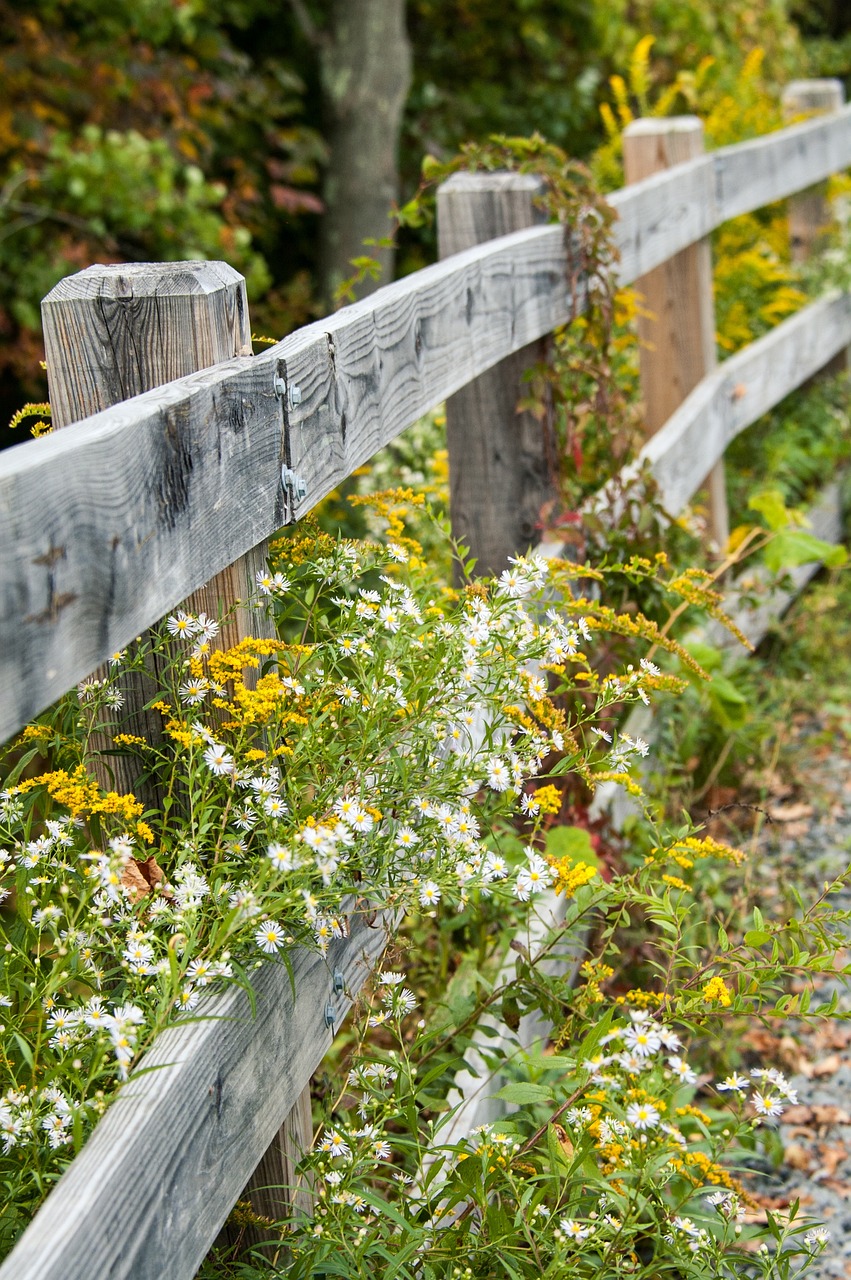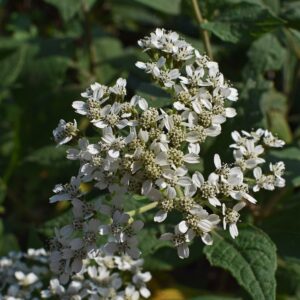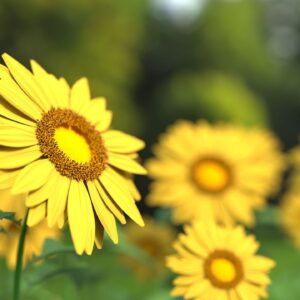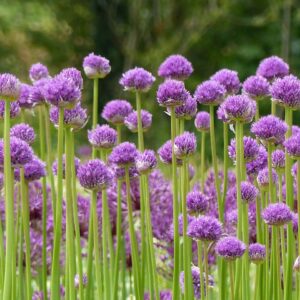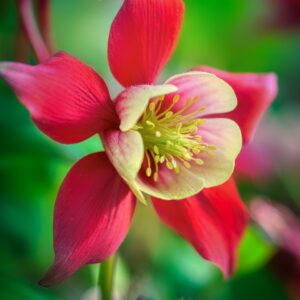Upland White Goldenrod (Solidago ptarmicoides), also known as White Goldenrod or Early Goldenrod, is a perennial wildflower native to North America. It is appreciated for its delicate, airy appearance and adaptability to various garden conditions. Overall, Upland White Goldenrod is a charming addition to garden spaces, offering a soft, airy appearance and supporting local pollinators while being adaptable and low-maintenance.
Appearance: Upland White Goldenrod has a graceful, upright form with airy, dense clusters of small white or off-white flowers. The plant has a delicate, feathery appearance that contrasts nicely with other garden plants.
Height: It typically grows to a height of 1 to 2 feet (30 to 60 cm), making it suitable for mid-sized garden spaces.
Leaves: The leaves are lance-shaped, with a smooth or slightly toothed edge. They are typically green and can range from 1 to 4 inches long. The foliage is usually arranged alternately along the stem.
Flowers: The flowers are small, star-like, and white, arranged in dense, terminal clusters. They bloom in branching sprays that form a loose, open panicle. The individual flower heads are around 1/8 inch in diameter.
Blooming Season: Upland White Goldenrod blooms from late summer to early fall, generally from August to October. The blooming period can vary based on local climate conditions.
Habitat: This goldenrod prefers well-drained soils and full sun to partial shade. It is commonly found in prairies, open woodlands, and along edges of meadows. It is well-suited to a variety of soil types, including sandy or loamy soils.
Wildlife: The plant attracts pollinators such as bees and butterflies, providing nectar and habitat. Its seeds can also offer some food for birds in the fall.
Uses: Upland White Goldenrod is popular in native plant gardens and wildflower meadows for its gentle, white blooms and its ability to attract pollinators. It is also used in prairie restoration projects due to its adaptability and low maintenance requirements.
Cultivation: It is relatively easy to grow and maintain. It can be propagated from seeds or divided plants. Regular watering and well-drained soil are beneficial, and the plant is generally pest and disease resistant.

